These historic sites are the most endangered in 2024, according to Preservation New Jersey
Before you know it, the buildings that were once such big parts of our communities become places in need of saving.
That's why Preservation New Jersey is drawing attention to buildings across the Garden State that need help through their annual 10 Most Endangered Historic Places program, which spotlights historic sites that are in danger of being lost.
Founded in 1978 and based in West Trenton, the nonprofit organization aims to promote New Jersey's diverse history, and show the importance of preserving this history, said Executive Director Kelly Ruffel. They do this through the 10 Most program, as well as through instructional and informative tool kits, educational materials, Q&A sessions and other programs.
Entering its 30th year, Ruffel said the 10 Most program used to mainly focus on getting these sites more public attention. But, since becoming executive director two years ago, she said they have shifted to a more proactive approach where they can figure out ways to actually help each site directly.
She said this includes things like offering technical assistance, helping organizations or owners search for grants, hosting community events with each of the sites and working directly with the municipalities or owners of each site, among other things.
"In one case, there was the T Thomas Fortune House in Red Bank. That went from nearly being demolished to being a complete rehab, and it reopened as a cultural center," she said. "Those are the outcomes we want, so we are going to do a more proactive approach in assisting all the partners and engaging with the community that they're in."
How the sites are selected
Ruffel said the process of selecting the sites for the 10 Most program heavily involves input from the public. She said publication nominations for 2024 were opened in 2023, and members of the public had to fill out an application with information about their selected sites.
Then, after the application deadline in February, she said they put together a committee to review all of the submissions and select this year's locations.
"There's a lot of public involvement in preparing the list and then it just comes down to the committee to select the final 10," she said. "The best part is when we get to the 10 Most event itself, and then those people who nominated the sites come. We're inviting denominators of the sites who have made it and they tell their story and share their passion for their communities."
For 2024, there are eight specific sites and two themes. Ruffel said that because selecting just 10 sites each year can be challenging due to the number of submissions, they'll sometimes opt to include themes that better address the types of sites they saw most often in the application process.
This year, the two themes are historic districts and state-owned property. She said that they received an abundance of submissions regarding the modernization of historic districts, as well as state-owned property suffering because of a funding shortage, so using these topics as themes meant they didn't have to pick just one site over another.
"It's a very feel good movement and people are passionate. They care about their history and their heritage," Ruffel said. "So, it's more than just a building. It's something that's become ingrained in our culture and our community."
Here are this year's 10 Most Endangered Historic sites in New Jersey, including two locations in North Jersey:
St. Paul's Abbey in Newton, Sussex County
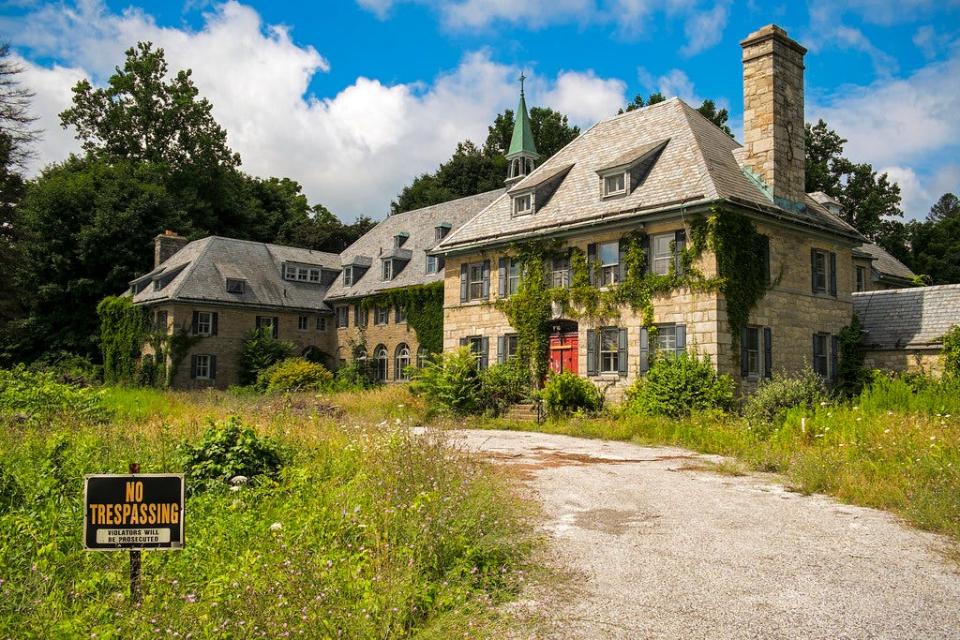
After being established as a Roman Catholic Benedictine monastery in 1924, St. Paul's Abbey in Newton was used as a refuge for German monks escaping postwar persecution. These individuals also invested in agricultural pursuits on the 20 acres surrounding the abbey, including beekeeping, cow-raising and fruit growing.
The property has remained vacant since 2002. And, while the township and monastery officials made plans to revitalize the site into affordable housing units in 2008 — going as far as to clear out the building and prepare it for renovation — the project was stopped due to budget cuts. Ever since then, the Abbey has been a victim of vandalism, lack of maintenance and weatherization.
Orange Memorial Hospital in Orange, Essex County
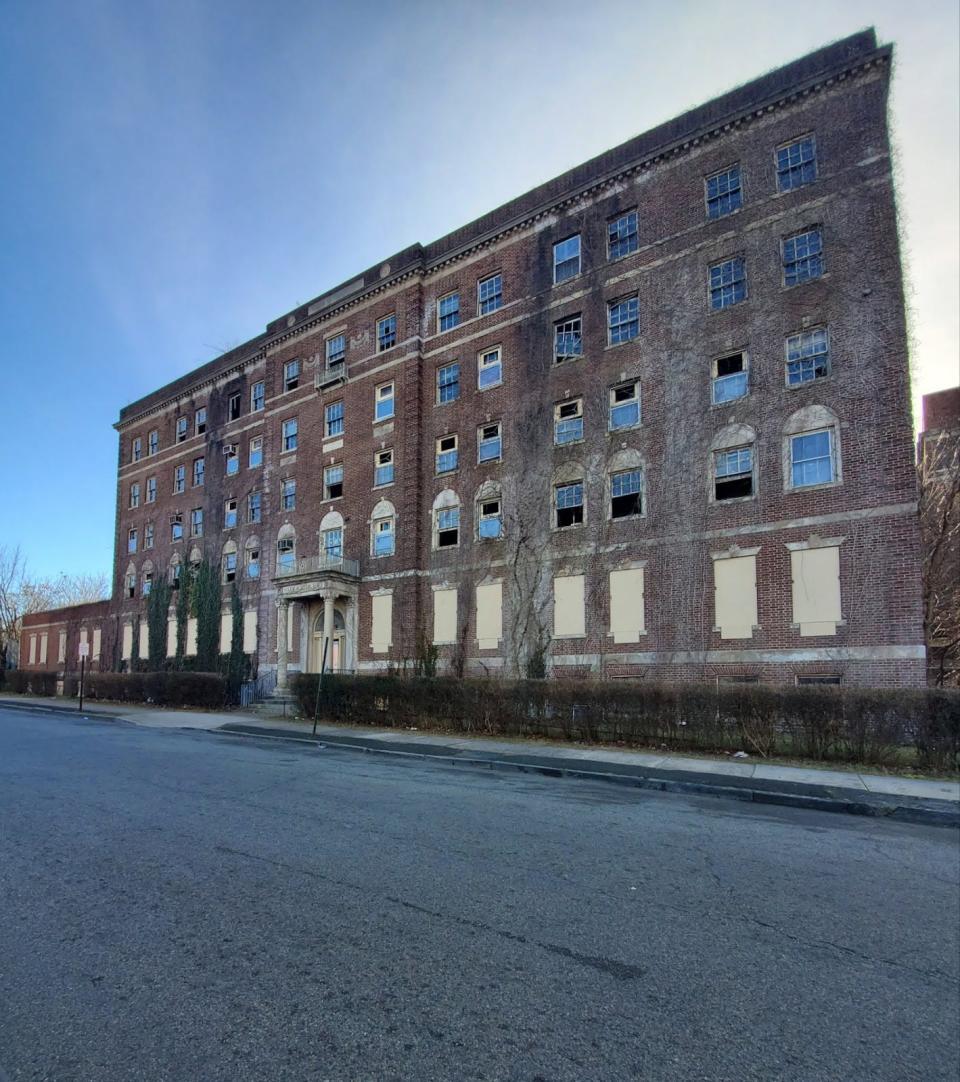
Founded by the leading Victorian-era families of Orange and the site of the nation's first four-year nursing school, Orange Memorial Hospital is one of nine buildings in the Orange Memorial Hospital Historic District — which was listed on the State and National Register of Historic Places in 2015. The oldest and main structure of the hospital was built in 1906, and has remained vacant since its closing in 2005.
During much of the 20th century, Orange Memorial Hospital was a prominent, community-based healthcare provider for Orange and the surrounding communities. Orange Memorial Hospital retains much of its structural integrity and reflects the Colonial Revival-style of institutional architecture designed by New York architects Crow, Lewis & Wick.
Without input for possible reuses of the site, the City announced earlier this year that it may be demolished. And, the site is often subject to vandalism, vagrancy and crime.
Palace Amusements Artifacts in Asbury Park, Monmouth County

Palace Amusements opened as a carousel house in 1888, and was significantly expanded by 1955. This expansion featured original artwork on several streets throughout Asbury Park, such as the iconic neon-lit "Tillie" image by designer Worth Thomas.
After being listed on the New Jersey and National Registers of Historic Places in 2000, Palace Amusements became the target of local property marketing and management firms that claimed that not demolishing the arcade would undermine the redevelopment of Asbury Park's waterfront. To appease officials, the developers ended up moving the artifacts — which included 26 metal channel letters, two signs, two decorative wooden cutouts and three large wall murals — to a new building. But, nearly 20 years later, these artifacts have yet to be seen, reused or returned to public view.
"Preservation New Jersey supports Save Tillie Inc. in their efforts to call upon the municipality and current owner to think creatively and be proactive in returning these New Jersey icons to the public," the organization said.
Anderson Farm & House in Bayville, Ocean County
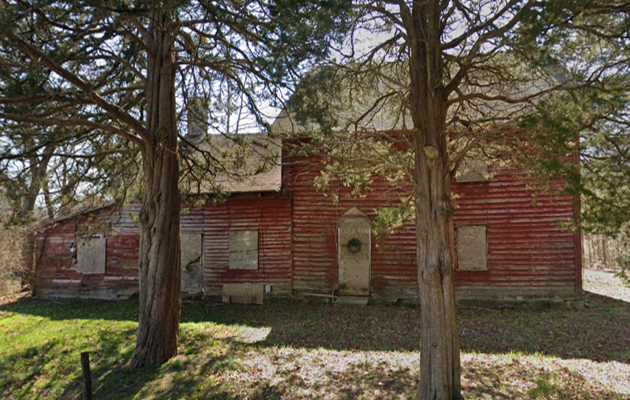
With connections to the American Revolution and slavery, the Anderson Farm and House in Bayville was once part of a 600-acre tract and housed many prominent Monmouth and Ocean County families. And, the site has been vacant since 2004 with about 10 acres of forested land surrounding it. The site is threatened by a lack of plans to both preserve and adaptively reuse it, and is at risk for being redeveloped into a site for new housing.
Garden State Gate House in Cherry Hill, Camden County
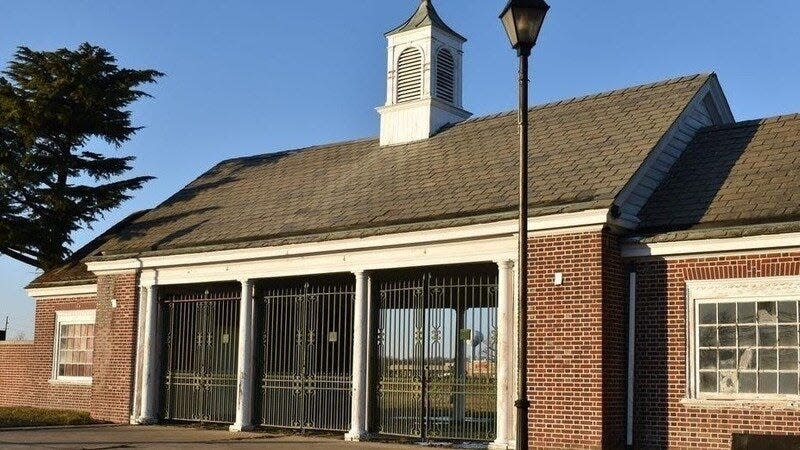
The Garden State Park in Cherry Hill was a racetrack that opened in 1942. The Georgian-style grandstand was mostly made of wood as a result of delays from rationing when the United States entered World War II. The racetrack was designed to hold more than 30,000 people and host stables, eateries and other public amenities, with hotels later being built around the park.
A fire had destroyed the park in 1997, but it was rebuilt and reopened in 1985. Then, the park officially closed in 2001. And, in 2003, the property was sold and demolished to create a new town center, but the only structure that has remained is the original gatehouse.
The gatehouse is currently for sale with plans for commercials redevelopment, and Preservation New Jersey said they call upon the municipality and new developers to find ways to adaptively reuse the property, rather than abandoning or demolishing it.
Homestead Plantation Enslaved Quarters in Clark, Union County
The ruins of the Homestead Plantation's enslaved quarters is one of a handful of free-standing enslaved dwellings in the state, and has been a focal point in the area historically known as Ash Swamp for the last three centuries. The first section of the Homestead Plantation House was built around 1720-1740, and was partly paid for by the sale of an enslaved woman named Phebe. The site has connections to the Underground Railroad, and its history has been documented by the Clark Historical Society since 1995.
The site is currently owned and managed by Union County, which plans to add new park amenities. Preservation New Jersey is supporting the Friends of the Oak Ridge/Ash Brook Historic Sites, which are urging officials to consider the impacts of this to the plantation and its archaeologically sensitive areas within the park in relation to Black and Indigenous histories.
MLK House in Camden, Camden County
The house at 753 Walnut Street in Camden was built in 1900 and served as Martin Luther King Jr.'s residence on weekends and during the summers while he attended Crozer Theological Seminary from 1948 to 1951. It was here that King and his friends were refused service at a local bar and were physically threatened by the bartender in 1950. King would later cite this event as one that pushed him into civil rights activism through passive resistance.
The site has been able to survive despite neglect, flooding, vandalism and fire. And, two years ago, nonprofit New Beginnings Behavioral Health bought the property to convert it into a museum and cultural hub. But, the organization has struggled to secure additional funding for the project and therefore the site has remained in disarray.
Joseph Hornor House in Princeton, Mercer County
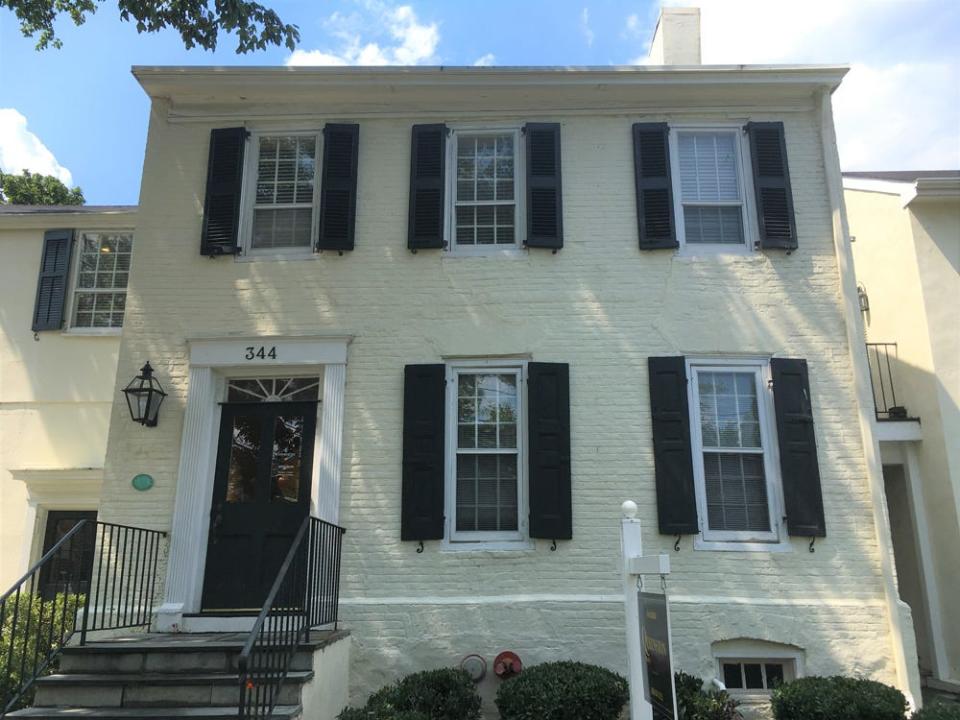
The Joseph Hornor House was built in the 1760s by the grandson of one of Princeton's Quaker founders. The two-story brick side-hall home is an anchor to the Jugtown Historic District and, as it is located on Nassau Street, sits along the Lincoln Highway National Register District.
The Joseph Hornor House is currently facing the chance of redevelopment into affordable housing unit, and the project will include adding a four-story structure to the rear of the house that would amass and surround the historic structure.
Urban Historic Districts, Statewide
The Urban Historic Districts theme encompasses all historic districts within urban cities in New Jersey, including places like Trenton, Plainfield, Jersey City, Hoboken, Newark, Paterson and Camden. Preservation New Jersey said that historic districts are often victims of redevelopment and out-of-context development, lack of preservation guidelines and ordinances, as well as a lack of support for preservation-friendly outcomes from officials.
"This year, we received a lot of nominations regarding historic districts or impacts to historic districts. In Newton for example, their historic preservation committee is concerned about losing their district because construction officials are allowing vinyl siding or they’re approving changes that are not historically appropriate, so they’re losing that fabric. Then we had Hoboken, and every single application that came in the last few months was put together and presented as them losing their community," Ruffel said. "Those were just two examples, but there were many of them this year, so we felt that putting that as a theme instead. This way, we’re not leaving or singling any one district over another, because all of their cases are important."
State Owned and Managed Historic Properties, Statewide
This theme includes all historic sites on owned and managed lands by the State of New Jersey, and acts as a call to action for state officials to take steps in preserving past structures for future generations. Preservation New Jersey said that state-owned historic sites are often victim to budget cuts, neglect and staffing shortages.
"We're always looking for more members. We need support. One thing we're trying to do next is launch another fundraising campaign because we want to be able to provide funding to these sites," Ruffel said. "And we just want more people to get involved because New Jersey is quite large, and we’re up to 15 people now in terms of our board. So, we like diversity and we want to get our hands in every community, so the more people that we have, the better we can promote and provide assistance and outreach for these sites."
Maddie McGay is the real estate reporter for NorthJersey.com and The Record, covering all things worth celebrating about living in North Jersey. Find her on Instagram @maddiemcgay, on X @maddiemcgayy, and sign up for her North Jersey Living newsletter. Do you have a tip, trend or terrific house she should know about? Email her at MMcGay@gannett.
This article originally appeared on NorthJersey.com: 10 most endangered historic sites in New Jersey in 2024

